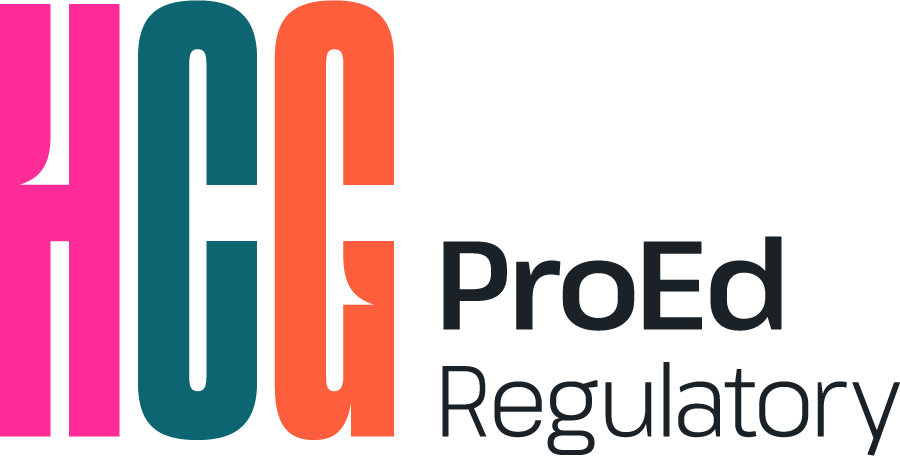Responding to FDA Information Requests: It Comes Down to Clarity of Messaging and Understanding the Therapeutic Landscape
No matter how well you have prepared your New Drug Application (NDA) or Biologic License Agreement (BLA) submission for the FDA, questions posed regarding the development of your product will arise. These are presented in the form of Information Requests (IRs) and Discipline Review Letters (DRLs). The FDA Guidance to Industry from the Center for…
